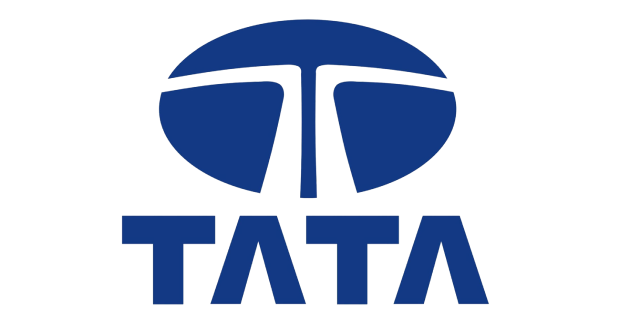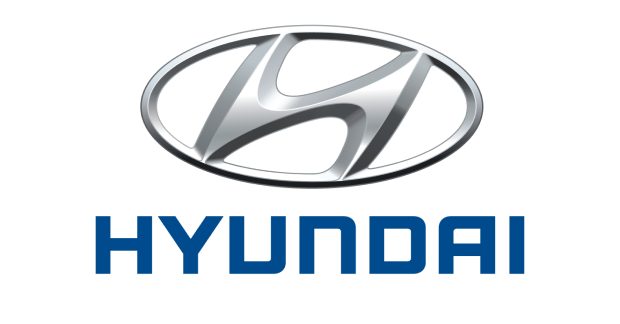Market Size of india cng vehicles Industry
|
|
Study Period | 2017 - 2030 |
|
|
Base Year For Estimation | 2023 |
|
|
Forecast Data Period | 2024 - 2030 |
|
|
Market Size (2024) | USD 9.37 Billion |
|
|
Market Size (2030) | USD 13.95 Billion |
|
|
CAGR (2024 - 2030) | 6.87 % |
Major Players |
||

|
||
|
*Disclaimer: Major Players sorted in no particular order |
India CNG Vehicles Market Analysis
The India CNG Vehicles Market size is estimated at 9.37 billion USD in 2024, and is expected to reach 13.95 billion USD by 2030, growing at a CAGR of 6.87% during the forecast period (2024-2030).
9.37 Billion
Market Size in 2024 (USD)
13.95 Billion
Market Size in 2030 (USD)
28.96 %
CAGR (2017-2023)
6.87 %
CAGR (2024-2030)
Largest Segment by Vehicle Body Type
41.02 %
value share, Light Commercial Pick-up Trucks, 2023
Light trucks are fastest-growing segment due to lower fuel costs, reduced emissions compared to gasoline and diesel, and government incentives promoting CNG adoption.
Fastest-growing Segment by Vehicle Body Type
9.68 %
Projected CAGR, Light Commercial Pick-up Trucks, 2024-2030
Light trucks are rapidly growing in the CNG market due to their efficiency in urban deliveries, lower operational costs, and increasing demand for cleaner fuel options in commercial transportation.
Leading Market Player
69.72 %
market share, Maruti Suzuki India Limited, 2023

Domestic production, variety of economical CNG vehicles, good after-sale services, and less expensive parts are factors keeping Maruti Suzuki as leading player in the India CNG vehicle market.
Second leading Market Player
15.99 %
market share, Tata Motors Limited, 2023

The benefit of being a domestic brand, offering CNG vehicle models at a reasonable cost, and widely spread aftersale service is making Tata the largest player in India's CNG vehicle sales.
Third Leading Market Player
12.50 %
market share, Hyundai Motor India Limited, 2023

Hyundai Motor India Limited is a significant player in the CNG vehicle market due to its popular CNG models, strong brand reputation, and extensive dealership network supporting cleaner fuel options.
Indian government is embracing CNG vehicles, driven by the need for cost-effective and cleaner alternatives to traditional fuels
- India's transition toward Compressed Natural Gas (CNG) vehicles underscores a significant shift in the automotive and transportation industry, driven by the dual objectives of enhancing environmental sustainability and optimizing cost-efficiency. CNG is emerging as a viable alternative fuel across various segments, from passenger cars to commercial trucks and buses, reflecting the country's commitment to reducing carbon emissions and reliance on traditional fossil fuels.
- In the passenger vehicle segment, particularly hatchbacks, while a slight decline is anticipated, indicating a shift toward full electrification, the demand for CNG vehicles continues to rise, driven by their cost-effectiveness and lower emissions. The commercial vehicle sector, including light commercial vehicles, medium-duty, and heavy-duty trucks, has witnessed robust growth in CNG adoption. This trend is propelled by environmental policies, the economic benefits of CNG over diesel, and the expanding CNG refueling infrastructure. The growth trajectory is supported by the government's initiatives to promote cleaner transportation through subsidies, the development of CNG infrastructure, and stringent emission norms.
- In addition, the bus segment sees CNG as a key component in enhancing urban transport sustainability. With regulatory support and environmental needs at the forefront, CNG buses are set to become a cornerstone in India's public transportation network, offering a cleaner, more economical alternative to diesel buses. As India continues to advance its CNG technology and expand its refueling infrastructure, the market for CNG vehicles across all segments is poised for sustained growth.
India CNG Vehicles Industry Segmentation
Commercial Vehicles are covered as segments by Vehicle Type.
- India's transition toward Compressed Natural Gas (CNG) vehicles underscores a significant shift in the automotive and transportation industry, driven by the dual objectives of enhancing environmental sustainability and optimizing cost-efficiency. CNG is emerging as a viable alternative fuel across various segments, from passenger cars to commercial trucks and buses, reflecting the country's commitment to reducing carbon emissions and reliance on traditional fossil fuels.
- In the passenger vehicle segment, particularly hatchbacks, while a slight decline is anticipated, indicating a shift toward full electrification, the demand for CNG vehicles continues to rise, driven by their cost-effectiveness and lower emissions. The commercial vehicle sector, including light commercial vehicles, medium-duty, and heavy-duty trucks, has witnessed robust growth in CNG adoption. This trend is propelled by environmental policies, the economic benefits of CNG over diesel, and the expanding CNG refueling infrastructure. The growth trajectory is supported by the government's initiatives to promote cleaner transportation through subsidies, the development of CNG infrastructure, and stringent emission norms.
- In addition, the bus segment sees CNG as a key component in enhancing urban transport sustainability. With regulatory support and environmental needs at the forefront, CNG buses are set to become a cornerstone in India's public transportation network, offering a cleaner, more economical alternative to diesel buses. As India continues to advance its CNG technology and expand its refueling infrastructure, the market for CNG vehicles across all segments is poised for sustained growth.
| Vehicle Type | ||||||||||
|
India CNG Vehicles Market Size Summary
The India CNG Vehicles Market is experiencing a transformative phase, driven by the country's commitment to enhancing environmental sustainability and cost-efficiency in the automotive sector. CNG is increasingly being adopted as a viable alternative fuel across various vehicle segments, including passenger cars, commercial trucks, and buses. This shift is supported by government initiatives aimed at promoting cleaner transportation, such as subsidies and the development of CNG refueling infrastructure. The commercial vehicle sector, in particular, has seen significant growth in CNG adoption due to the economic advantages of CNG over diesel and the implementation of stringent emission norms. Additionally, CNG buses are becoming a crucial component of urban transport sustainability, offering a cleaner and more economical alternative to traditional diesel buses.
The market landscape is fairly consolidated, with major players like Ashok Leyland Limited, Hyundai Motor India Limited, Mahindra & Mahindra Limited, Maruti Suzuki India Limited, and Tata Motors Limited dominating the scene. Recent product launches, such as Tata Motors' upgraded CNG variants and Maruti Suzuki's FRONX S-CNG, highlight the ongoing innovation and expansion within the market. Despite a slight decline in the passenger vehicle segment, particularly hatchbacks, the overall demand for CNG vehicles remains robust, supported by the expanding CNG infrastructure and favorable government policies. As India continues to advance its CNG technology and infrastructure, the market is poised for sustained growth, reflecting the broader trends towards cleaner and more sustainable transportation solutions.
India CNG Vehicles Market Size - Table of Contents
-
1. MARKET SEGMENTATION (includes market size in Value in USD and Volume, Forecasts up to 2030 and analysis of growth prospects)
-
1.1 Vehicle Type
-
1.1.1 Commercial Vehicles
-
1.1.1.1 Light Commercial Vehicles
-
1.1.1.1.1 Light Commercial Pick-up Trucks
-
1.1.1.1.2 Light Commercial Vans
-
-
1.1.1.2 Trucks
-
1.1.1.2.1 Heavy-duty Commercial Trucks
-
1.1.1.2.2 Medium-duty Commercial Trucks
-
-
-
-
India CNG Vehicles Market Size FAQs
How big is the India CNG Vehicles Market?
The India CNG Vehicles Market size is expected to reach USD 9.37 billion in 2024 and grow at a CAGR of 6.87% to reach USD 13.95 billion by 2030.
What is the current India CNG Vehicles Market size?
In 2024, the India CNG Vehicles Market size is expected to reach USD 9.37 billion.

